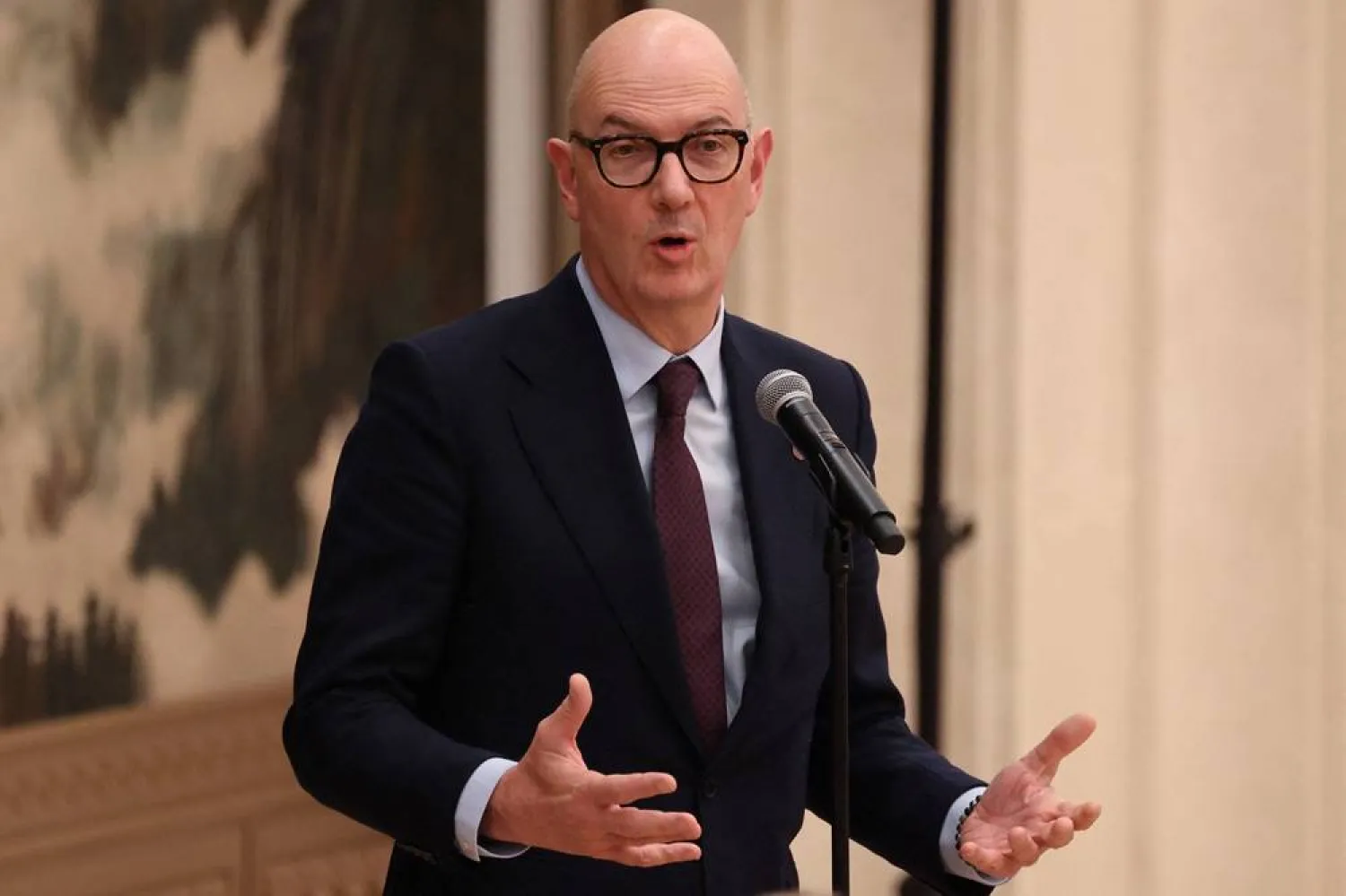Egypt's currency was stable at around 49.5 pounds to the dollar as the market opened on Thursday, a day after the central bank let the currency plunge and pledged to shift to a more flexible exchange rate system as the country secured an expanded $8 billion program with the International Monetary Fund.
The pound stayed in the same range it had settled at near closing on Wednesday, LSEG data showed. Before Wednesday's devaluation and a steep interest rate hike, the central bank had held the currency for about a year at just under 31 pounds to the dollar.
A more flexible exchange rate, long a key demand from the IMF, is seen as crucial for restoring investor confidence in an economy that has been hobbled for the last two years by a foreign currency shortage.
Egypt has promised such a move in the past, only to resume holding the currency at a fixed rate.
The central bank says sufficient funding has been secured to ensure foreign exchange liquidity. Its governor told reporters on Wednesday that it would still have the ability to intervene, as in other countries, in the case of "illogical movements".
The IMF, which agreed to add $5 billion to its existing $3 billion loan program with Egypt, has said it is looking for a sustainable, unified, and market determined exchange rate.
Under the program, Egypt has committed to undertake structural reforms to stabilize prices, manage the debt burden and encourage private-sector growth.
The pound's de-facto devaluation and the agreement with the IMF come two weeks after Egypt signed a deal with Emirati sovereign fund ADQ that it said will bring $35 billion of investments over two months, including the conversion of $11 billion in existing deposits.
The foreign currency shortage has curbed local business activity and led to backlogs at ports and delays in commodity payments.
Remittances from Egyptians working abroad, the country's top single source of foreign currency, slowed sharply last year amid expectations that the pound would fall.
Since early 2022, when the foreign currency shortage worsened, the pound has now lost more than two-thirds of its value against the dollar in a series of staggered devaluations.









